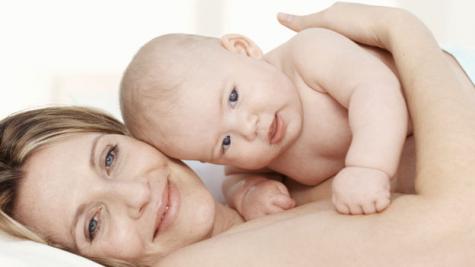Australian women who wish to give birth at home should be supported in their choice if they are at low risk of complications, says Professor Marc Keirse, Head of Obstetrics and Gynaecology at Adelaide’s Flinders University.
Responding to a research paper on Australian home births published in the Medical Journal of Australia, Professor Keirse said that the low intervention rates reported in the new study are consistent with studies in other countries, and support the viability of planned home births for women at low risk of complications.
He said polarised opinions and a lack of local data has previously seen the debate over home births generate “more heat than light”.
Professor Keirse, who chaired a South Australian policy working party on planned home births in 2006, said that there is a vast difference between properly governed homebirths and those that create occasional headlines.
He said while it is true that unexpected complications can and do arise around labour and that several of these cannot be remedied within the home environment, good planning and management is the key.
“There is nothing wrong with timely referral from home to hospital when the need arises during either pregnancy or labour,” he said.
He said that the greatest risk to the health of the mother in home births is that of haemorrhage after birth. Professor Keirse said that this contingency could and should be largely addressed by increasing the administration rates of hormone-based prophylactic drugs shown to reduce blood loss.
Professor Keirse said that with very few women opting for home births – around .05% – the provision of public funding has been questioned.
“However, it is a woman’s prerogative and her fundamental human right to determine her reproductive behaviour and this includes how and where to give birth,” he said.
“The issue is how to accommodate the autonomy of pregnant women in as safe a manner as possible for both mother and baby.”



















__small.png)










